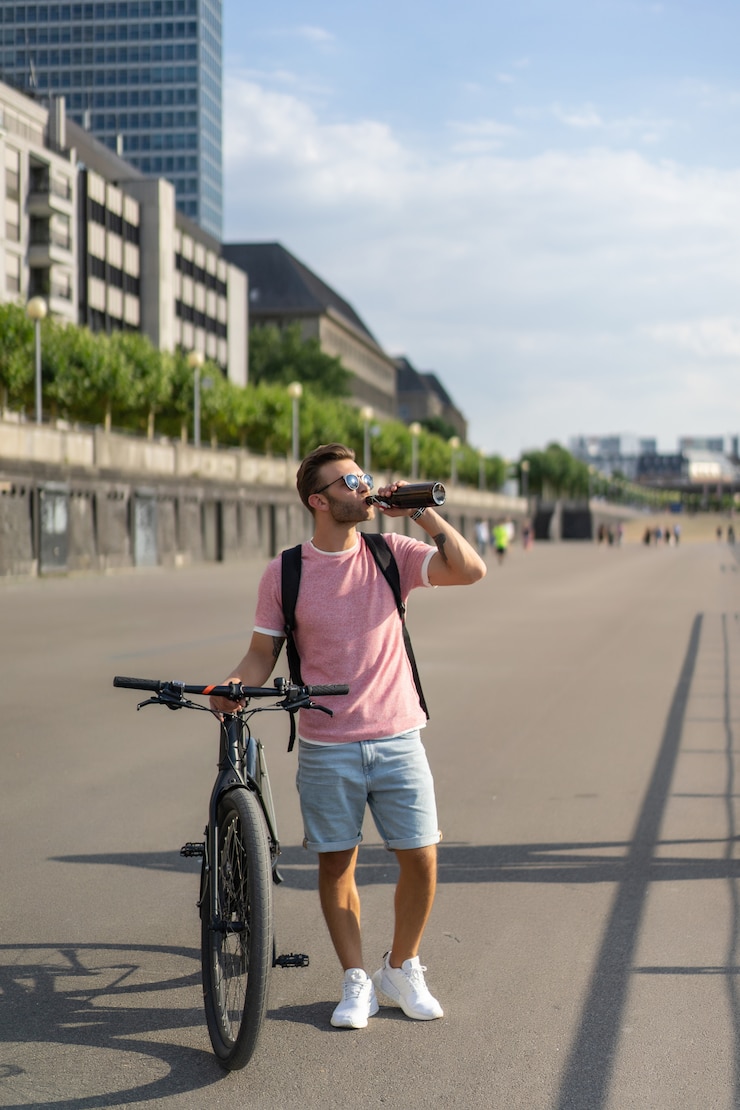
1. **Staying Clear of Traffic on Two Wheels**
2. **Cycling Smart: Steering Clear of Cars**
3. **Riding Safe: Navigating Roads Without the Risk**
4. **Pedal Power Without the Peril of Cars**
5. **Keeping Your Ride Car-Free and Carefree**
6. **The Art of Cycling Away from Traffic**
7. **Wheeling Through the City Without the Car Chaos**
Let me know if you’d like the tone to be more formal, playful, or technical!
There’s something special about the freedom you feel when you’re riding your bike down a quiet road, wind in your hair and sunshine on your face. But it’s important to remember that cars can appear at any moment.
Like it or not, cyclists and drivers have to share the road. Riding in traffic can be risky, especially if you’re not sure how to stay safe. This guide will help you learn how to avoid cars while cycling so you can enjoy your ride with peace of mind.
When planning your route, try to steer clear of busy roads. Main streets tend to have heavier traffic, so opt for quieter side streets or bike paths whenever possible. These routes are usually more peaceful and let you focus on the ride instead of dodging cars.
Rush hour—typically around 8 a.m. and 5 p.m.—is a particularly dangerous time to be on the road. If you can, avoid riding during these peak hours. More cars mean more chances for accidents, so it’s worth adjusting your schedule to ride at safer times.
Of course, avoiding traffic isn’t always an option, especially if you’re commuting or running errands. In those cases, take extra care. Choose routes with less traffic, even if they’re a bit longer. A few extra minutes on your bike is a small price to pay for a safer ride.
Look for roads with wide shoulders—at least six feet across. The more space between you and passing cars, the better. These roads also give you more room to swerve around potholes or other obstacles. Still, stay alert, as some drivers may try to pass too closely.
Bike lanes are another great option. These designated lanes are often separated from traffic by a painted line or even a physical barrier. They offer added protection, but not all bike lanes are created equal. Some are narrow, while others give you plenty of space. Choose the ones that make you feel most comfortable, and always stay aware of your surroundings.
One of the most common causes of bike accidents is when a driver turns in front of a cyclist. This can happen if the driver doesn’t see you or misjudges your speed. When approaching intersections or driveways, slow down and pay attention to nearby vehicles. Wear bright clothing to make yourself more visible, and try to make eye contact with drivers. If they don’t seem to notice you, it’s safer to stop and wait.
Driveways can be just as risky. Cars pulling out might not see you coming, so keep a safe distance and be ready to stop if needed. Even if you have the right of way, it’s better to be cautious than to assume drivers will always do the right thing.
If the roads are especially busy—like during rush hour or at dusk when visibility drops—consider moving your ride indoors. There’s no shame in staying safe. You can use a stationary trainer, rollers, or join a spin class to keep up your fitness without the risk.
Another great way to avoid cars is by riding on trails. These paths are usually shared with walkers, runners, and other cyclists, so there’s little to no vehicle traffic. Just be courteous and yield when necessary. Trails can also be scenic and relaxing, often winding through parks or nature areas. You might even discover new parts of your city you’ve never seen before.
If you’re open to it, a gravel bike can open up even more trail options. These bikes are built for unpaved paths and have become popular for their versatility.
Since cars are bigger and faster, it’s crucial to make yourself as visible as possible. Bright, reflective clothing helps, and you can also add reflective gear like vests, armbands, or even reflective tires. If you’re riding in low light or at night, lights are a must. Attach them to the front, back, and sides of your bike so drivers can see you from every angle.
Flashing lights are especially effective at night. They come in different colors and patterns, making you stand out even more. Just be careful not to blind anyone with overly bright lights.
Stick to well-lit roads whenever possible. If a road doesn’t have streetlights, it might be too risky to ride on, especially if you’re not easily visible. Staying safe should always be your top priority.